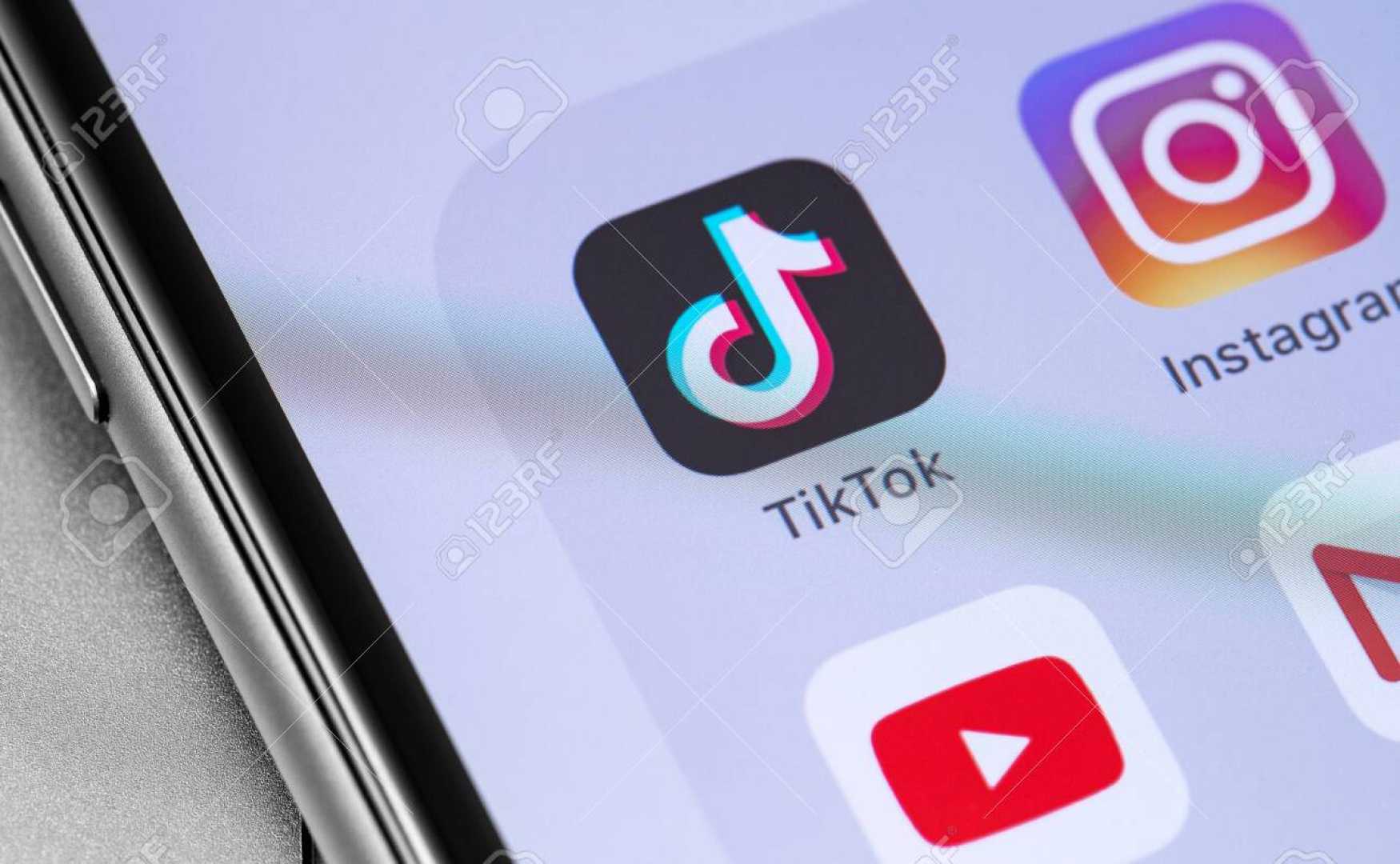Tech
TikTok Temporarily Restored in U.S. Amid Legal and Political Turmoil

WASHINGTON, D.C. — TikTok, the popular social media app owned by China-based ByteDance, was temporarily restored to U.S. users on Sunday, Jan. 19, 2025, following a brief shutdown triggered by a U.S. Supreme Court ruling. The app had gone dark on Jan. 18 after the court upheld a law requiring TikTok to separate from ByteDance or face removal from U.S. app stores by Jan. 19.
The shutdown sparked widespread frustration among TikTok’s 170 million U.S. users, many of whom turned to platforms like X and Instagram to voice their discontent. However, service was restored after then-President-Elect Donald Trump intervened, providing “necessary clarity and assurance” to TikTok’s service providers that they would face no penalties. Trump also pledged to suspend the ban upon taking office.
On Jan. 20, Trump signed an executive order delaying enforcement of the law for 75 days, granting ByteDance additional time to sell a stake in the platform. The order aims to protect national security while preventing an “abrupt shutdown” of the app. Despite this reprieve, U.S. app stores, including Apple and Google, have not reinstated TikTok or other ByteDance-owned apps like CapCut and Lemon8, citing concerns over potential legal liability.
The law banning TikTok stipulates that U.S. app stores could face fines of $5,000 per user granted access to the app. With TikTok’s massive user base, these fines could total up to $850 billion. Alan Rozenshtein, a law professor at the University of Minnesota, noted in a Jan. 21 article that Trump’s assurances “offer minimal security” and that courts rarely treat such promises as binding.
Apple confirmed that TikTok and other ByteDance apps are no longer available for download or updates in the U.S. App Store, citing compliance with local laws. Sen. Tom Cotton, R-Ark., chair of the Senate Select Committee on Intelligence, warned that companies facilitating TikTok’s operations could face “hundreds of billions of dollars of ruinous liability.”
Trump’s executive order also proposed that the U.S. government receive half of TikTok’s U.S. business in exchange for allowing the app to continue operating. He threatened tariffs of up to 100% on Chinese goods if China blocked the deal, claiming TikTok could be worth as much as a trillion dollars in a joint venture.
While current TikTok users can still access the app, its long-term viability remains uncertain. Without updates, the app risks degrading over time, potentially leading to glitches, crashes, and a diminished user experience. Some users have already reported issues with the app’s algorithm following the ban.
The future of TikTok in the U.S. hinges on ByteDance’s ability to sell its U.S. assets or secure additional legal protections for app stores. The situation remains fluid, with Trump’s enforcement pause set to expire on April 5, 2025.












